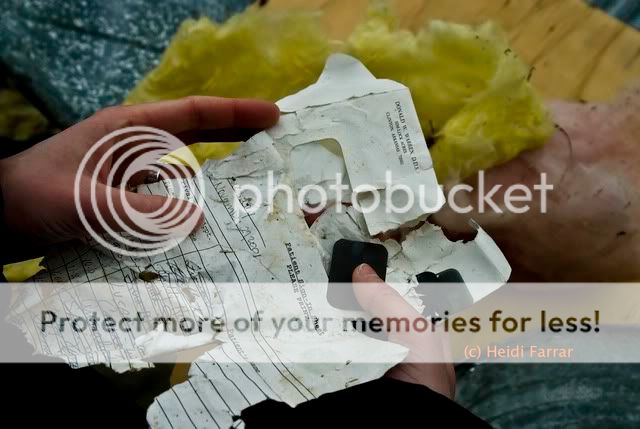Perry Williams
EF1
Unfortunately, daylight and roads available, coupled with extreme traffic congestion in Clinton did not allow us to follow the damage path of this tornado any further than approximately >10 miles northeast of Shirley, AR in Van Buren County and consequently this is where our own damage survey had to cease. We did not get to view the damage in the Mountain View/Zion/Highland areas.
KL
Karen, from what I understand, some of the most intense damage occurred in the Mountain View and Zion areas. In that area, several vehicles were reportedly thrown several hundred yards; others are reportedly still missing.
Last edited by a moderator:



